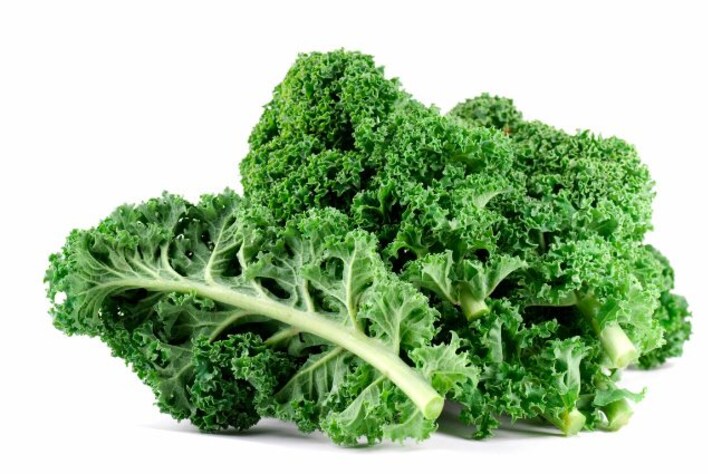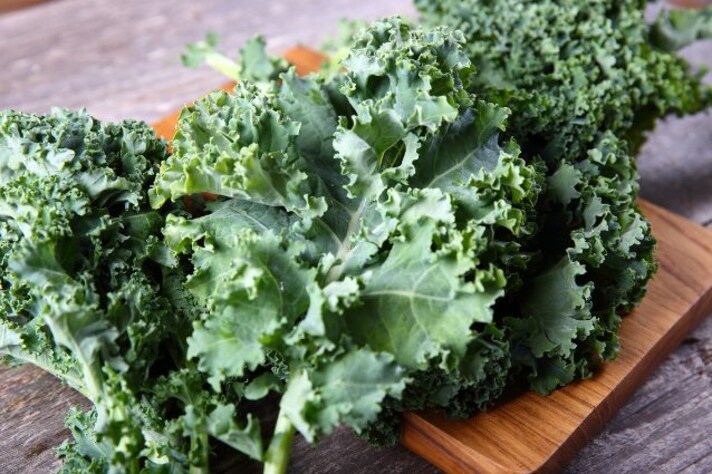Why You Should Never Leave The Stems On When Cooking Kale
Leaving the stem on kale leaves makes them tough, chewy, and unpleasant to eat, especially when cooking. The stems cook unevenly compared to the leaves and can overpower the flavor. Removing them ensures better texture and taste. However, kale stems are still edible—try using them in soups, stews, or even smoothies for a no-waste approach!

Kale is everywhere these days—smoothies, salads, chips, you name it. But if you’ve been skipping the prep step of removing the tough, fibrous stems from those glorious leafy greens, you might be missing out on the full kale experience. While kale is a nutritional powerhouse, leaving the stems intact can turn your kale dish from tender and delicious to downright chewy and unpleasant.
The Texture Problem
The primary reason you should always remove the stem from kale leaves is texture. Kale stems are notoriously tough and fibrous, making them unpleasant to chew. Whether you’re massaging your kale for a salad or sautéing it in a pan, those stems don’t break down easily, leaving you with a dish that’s hard to eat. Unless you’re into gnawing on your greens like you’re working through a piece of celery, it’s best to ditch the stem for a more enjoyable bite.

Kale Stems Vs. Cooking
If you’re cooking your kale—whether blanching, steaming, or sautéing—the stems can mess with your dish. While the leaves soften and absorb flavors, the stems often remain stubbornly tough. This uneven cooking leads to an unbalanced dish where the leaves are tender, and the stems are, well, not. Removing the stems before cooking ensures that every part of your kale gets the attention it deserves and cooks at the same rate, avoiding the dreaded texture clash.
Stems Dilute the Goodness
Kale leaves are known for their slightly bitter, earthy flavor, but the stems? Not so much. Stems have a more pronounced, almost woody taste that can overpower the subtler flavors of the leaves. Leaving the stems on can dilute that perfect kale taste you’re going for, leaving you with a dish that’s more stemmy than sublime. For the best flavor profile, it’s all about focusing on those tender leaves and letting them shine.

So, What About the Stems?
Before you go tossing those kale stems in the trash, hold up! While they’re too tough to enjoy in a salad or sauté, they’re still edible and can actually be put to good use. You can chop them finely and add them to soups or stews, where long cooking times will soften them up. Another option is blending them into smoothies or soups to avoid the chewiness while still getting their nutrients. If you’re a fan of food waste reduction, kale stems can be pickled for a crunchy snack or even sautéed separately for an unexpected side dish.
;Resize,width=767;)


;Resize,width=712;)
